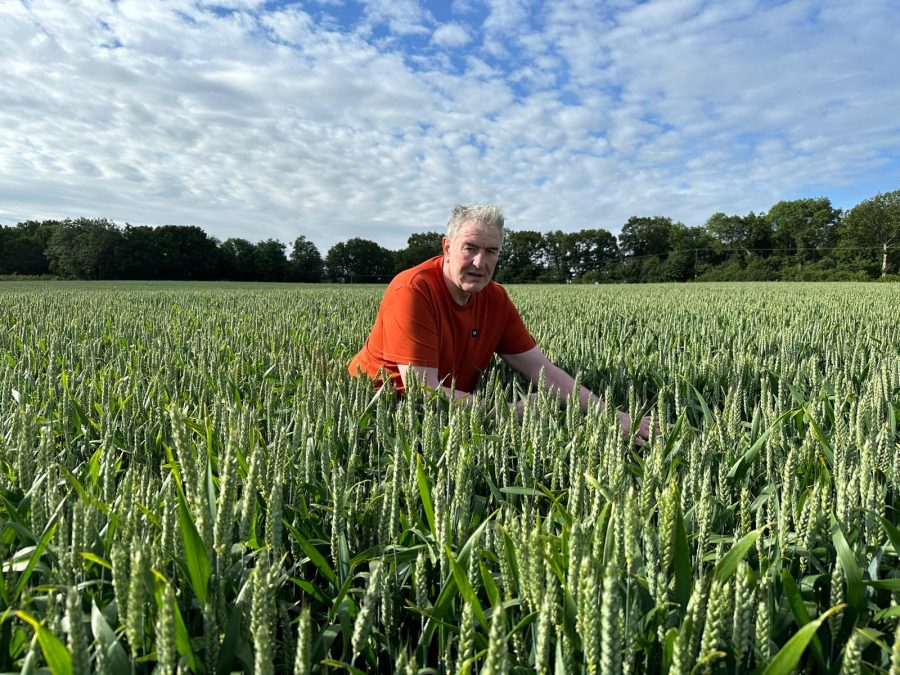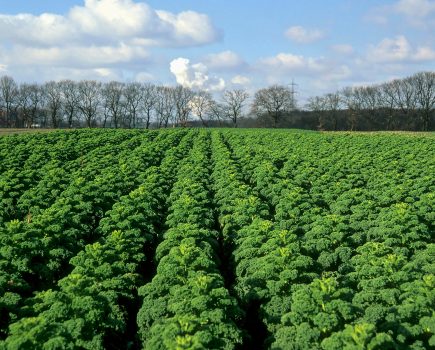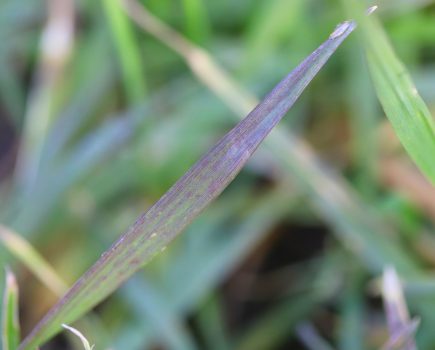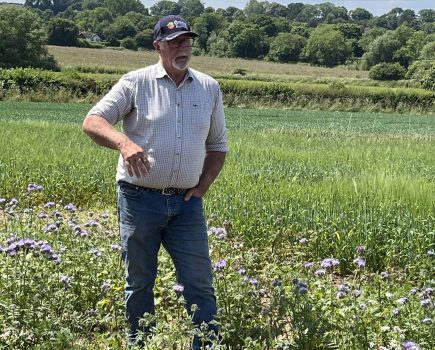Genetically diverse Group 2 milling wheat excels in challenging conditions says Kent grower.
Following what most experts considered to be a very bad septoria year in 2022/2023, the general consensus is that the 2023/2024 growing season will be remembered for persistent wet weather, very challenging Autumn establishment conditions and a significant battle against brown and yellow rust for many growers and their agronomists.
According to Andrew Bourne, Seeds Manager for grain merchant T Denne and Sons based in Ashford, Kent, the last two seasons have been a good illustration of the need for UK growers to spread their risk by selecting varieties with different parentage.
Andrew said: ”In my opinion this season has been the worst for disease pressure in the South East since 2012. However, when you analyse the certified seed sales for last Autumn – on the back of a bad septoria year in 2023 – 47% of the total winter wheat seed sold was still covered by just three varieties. So, we’ve got a lot of growers, with too many eggs in too fewer baskets, not looking at genetic diversity to spread their risk.
“We’ve been working with the variety Mayflower for three years now, and – although it’s not, and never has been, the highest yielding milling wheat, its disease credentials, including an 8.9 for Septoria tritici and a 9 for yellow rust, have been unfairly overlooked. In high pressure disease situations, when yields can easily be compromised, varieties such as Mayflower should be a strong choice for growers. Its genetic make-up, from French parentage, is radically different to other milling wheats on the current recommended list (RL) and, with its flexibility on input timings, it’s a lower risk variety for growers,” he concluded.
West Kent farmer Will Thompson, of the Brattle Farm Partnership, who primarily grow milling wheats, agrees with Andrew’s analysis on the need for more growers to widen their varietal choice for better risk management.
Will added: ”We first spotted Mayflower in trials in 2022 a few months before it went onto the RL. We liked its early drilling flexibility, it looked very clean – supported by some impressive disease resistance scores and had a relatively good specific weight. In the last week of September that year we drilled 130ha of the crop, as a first wheat, into our predominantly heavy clay soil and it established well, showing decent early vigour. Despite its robust profile, we took a belt and braces approach on inputs and were rewarded with a crop that remained noticeably cleaner through a high pressure septoria season than all our other key wheats.
“The final yield for Mayflower last Autumn was just under 10t/ha, not noticeably different to what we would normally expect to achieve with the milling variety Skyfall. However, its grain quality was exceptional, with a protein content of 13.1% and a Hagberg of 420 – one of the highest Hagberg falling numbers we’ve ever achieved.
“On the back of that good first year experience, we increased our area of Mayflower to 160ha last Autumn and, despite the very wet establishment conditions, the crop came through well with its stronger disease profile proving an asset on what has been a difficult ‘stop-start’ spring with delays on key spray timings. Once again, it’s been our cleanest crop this season and looks set to perform well at harvest” he concluded.
For more like this, sign up for the FREE South East Farmer e-newsletter here and receive all the latest farming news, reviews and insight straight to your inbox.







